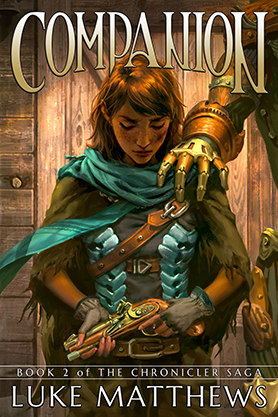Story by Owen Wiseman
Art by Nam Kim
Set in 17th century Japan, Samurai’s Blood tells the story of three teenagers torn from their lives by the treachery of the Tokugawa clan. After the daimyo Sanjo Ujimori is betrayed and assassinated by members of his court, the betrayers set out to wipe all those loyal to the Sanjo clan from existence.
I’m a sucker for medieval samurai tales. One of my favorite books – before the unfortunate demise of CrossGen – was Ron Marz and Bart Sears’ The Path. Regal and honor-bound samurai warriors on a quest to right wrongs amongst a sea of treachery is a story told countless times, and one that I would follow to my grave. Although there is nothing extraordinary or ground-breaking here, Samurai’s Blood #1 is a well-executed start to a potentially engrossing saga.
Despite the somewhat derivative nature of the storyline, Wiseman crafts an adventure populated by intriguing protagonists full of charm and depth, even though their enemies are stereotypically one-dimensional. Perhaps the shallow nature of the book’s villains is a benefit, though, allowing the reader to see them merely as an opposing force – an obstacle for our heroes – and to focus on the relationship that will inevitably form between these three teenagers.
I have no complaints about Nam Kim’s art. His style lends itself well to the script, and although there’s nothing extraordinary about his pages, his work is solid and moves the story along at a nice pace. I found myself drawn to his beautiful depictions of the landscapes surrounding the characters, though, which turned out to be oddly distracting.
I’ll be picking up the 6-issue run of Samurai’s Blood, and if you’re as big a fan of samurai adventure tales as me, I’d suggest you do the same. Even if you’re not, you can’t really go wrong with this book’s $1 cover price.




